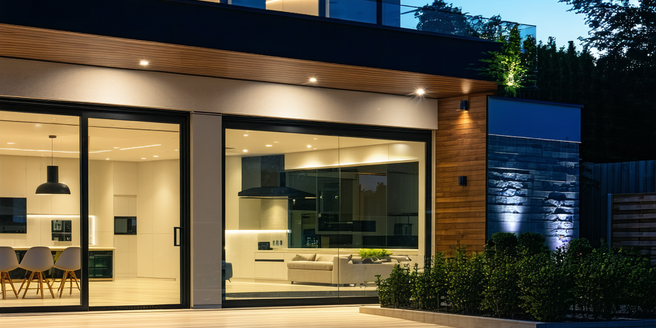Home Automation

Understanding the Basics of Home Automation
Home automation encompasses a variety of technological solutions that simplify daily tasks within the home. At its core, it involves the integration of smart devices capable of being controlled remotely through an app or voice command. These systems allow the control of lighting, climate, entertainment systems, and appliances from a centralized device, often a smartphone. Some popular entry points into home automation include smart thermostats, which can adapt to user preferences and reduce energy consumption, and intelligent lighting systems that offer dynamic control over lighting moods and energy efficiency. Understanding home automation starts with identifying needs and researching the available smart solutions that cater to these needs efficiently and cost-effectively. Educating yourself about different protocols and standards, like Zigbee and Z-Wave, is also crucial in ensuring device compatibility and choosing the right automation system.
Top Devices to Consider for Your Smart Home
When embarking on the journey to a smarter home, choosing the right devices is crucial. Smart speakers, such as Amazon Echo or Google Home, act as the central hub for voice control and automation. Smart bulbs and thermostats, like those from Philips Hue or Nest, offer energy savings and customizable settings. Security is improved with smart locks and cameras, providing peace of mind with features like motion detection and mobile alerts. Smart plugs can automate any appliance, making them an easy and affordable entry point into the world of home automation. Additionally, smart home hubs like Samsung SmartThings can integrate with various brands, ensuring all devices work harmoniously. The key is to start with a few essential devices and gradually expand, ensuring each addition serves a purpose or fulfills a specific need.
Integrating Home Automation with Existing Systems
Integrating home automation into existing systems can seem daunting, but with careful planning, it enhances functionality and convenience. The first step is to evaluate current household systems to determine compatibility with smart technologies. Many traditional devices can be upgraded with smart adapters or controls. For instance, an existing HVAC system can be transformed with a smart thermostat like Ecobee or Nest. Networking is a critical component; a solid Wi-Fi infrastructure ensures seamless communication between devices. When retrofitting homes, consider using smart hubs that support multiple protocols like Zigbee or Z-Wave, providing flexibility in device selection. Prioritizing automation tasks based on lifestyle needs, such as setting schedules for lighting and heating, enhances comfort and efficiency. Working with professional installers can also facilitate the integration process and optimize the benefits of smart upgrades.
Enhancing Security Through Automation
Home automation significantly enhances security by integrating smart technology into surveillance and monitoring systems. Smart cameras equipped with motion sensors, night vision, and real-time alerts allow homeowners to monitor their property from anywhere using their smartphones. Automated door locks provide an additional layer of security, allowing remote locking and unlocking, and even generating alerts when someone enters. For comprehensive security, consider a full home security system that integrates alarms, sensors, and cameras under a single app. Advanced systems can detect fire, carbon monoxide, and water leaks, with automated alerts sent to emergency services if needed. Many solutions also include voice control through smart speakers, enabling easy access and management. Automation not only protects physical belongings but also delivers peace of mind by ensuring your home remains secure even when you are away.
Future Trends in Home Automation Technology
The home automation industry is continually evolving, incorporating innovative technologies that offer greater convenience and efficiency. Artificial Intelligence is poised to revolutionize the smart home experience, enabling systems to learn user behaviors and preferences for even more personalized automation. The advent of 5G networks promises unprecedented speed and reliability, allowing seamless connectivity for numerous devices simultaneously. Moreover, the Internet of Things (IoT) is expanding, with more everyday objects becoming part of the connected ecosystem, from smart refrigerators to wearable tech. Sustainability is also a significant trend; energy-efficient devices and systems capable of monitoring and optimizing energy usage are becoming integral. In the future, smart homes will not only provide comfort and security but will also contribute to a more sustainable lifestyle through advanced resource management features, ensuring minimal environmental impact.